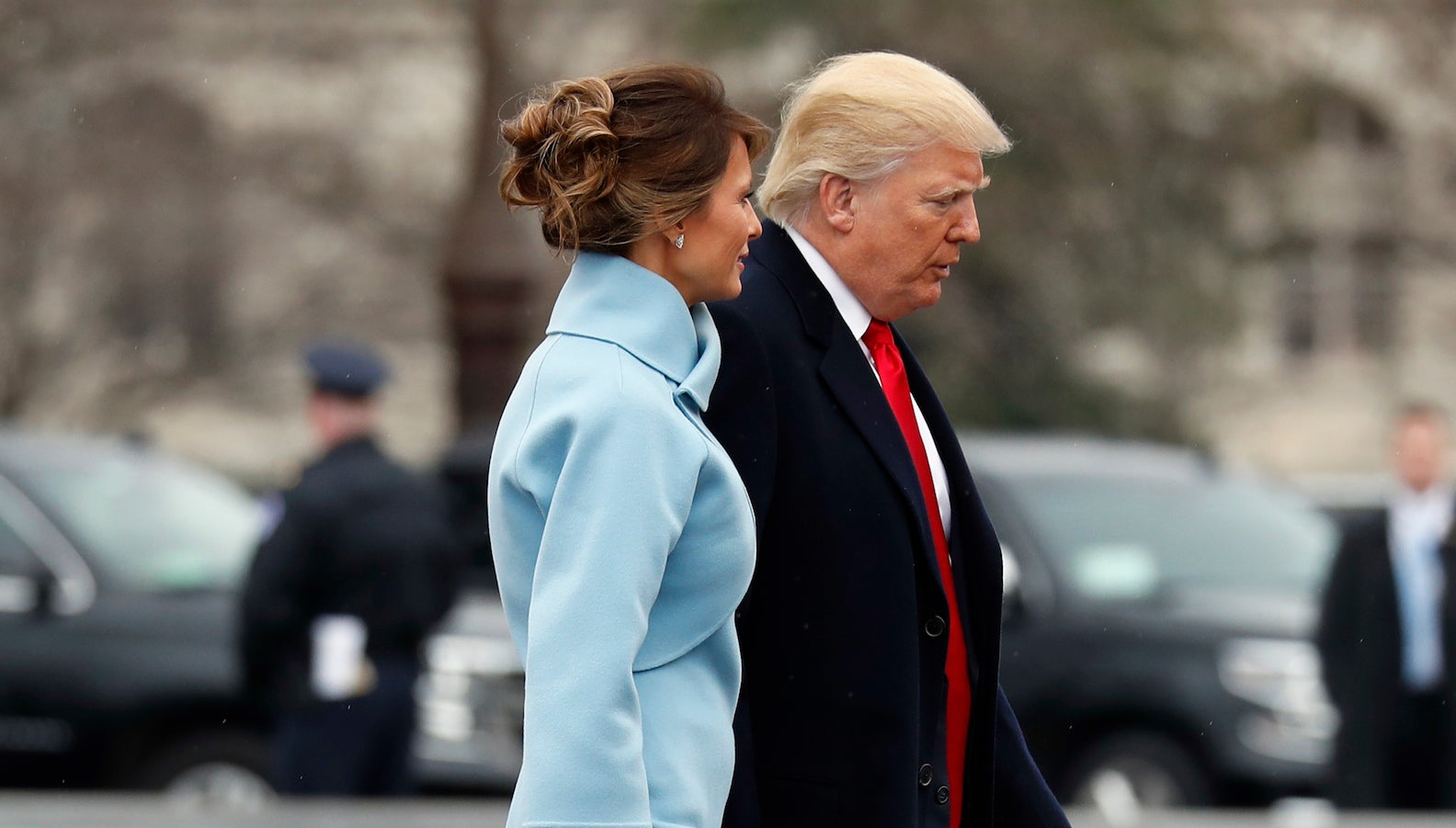Donald Trump’s official White House biography, annotated
The new US president’s official biography has been posted to the White House website, and it could use a little fact-checking.


The new US president’s official biography has been posted to the White House website, and it could use a little fact-checking.
Donald J. Trump is the 45th President of the United States.
True enough. Our source: Quartz’s inauguration coverage.
He believes the United States has incredible potential and will go on to exceed anything that it has achieved in the past. His campaign slogan was Make America Great Again, and that is exactly what he intends to do.
We will have to take the White House at its word about what Trump believes regarding America’s potential. His dark inauguration speech referencing “American carnage” and promising its end as of Jan. 20 certainly could be interpreted to mean the country has nowhere to go but up.
Donald J. Trump is the very definition of the American success story.
In popular culture, American success stories usually are of the rags-to-riches variety. Trump hardly fits this mold. But his ability to come from a privileged family and amass yet more privilege is perhaps more representative of how upward mobility works in America, which is to say it doesn’t work as well as people think it does for those who are born into poorer classes.
Throughout his life he has continually set the standards of business and entrepreneurial excellence, especially with his interests in real estate, sports, and entertainment.
True, if you accept that standards can be set low, or even very low, as well as high.
Likewise, his entry into politics and public service resulted in the Presidential victory in, miraculously, his first ever run for office.
We’ve come to our first real whopper. This was not Trump’s “first ever run for office.” It wasn’t even his first bid for the White House. Trump campaigned for a berth in the 2000 election under the Reform Party banner. Some might split hairs over whether this bid constitutes an actual run for office, but it in fact meets the very definition of that term, which according to Merriam-Webster is “to campaign to be elected to an office.”
Trump formed an exploratory committee ahead of the 2000 election, traveled around the country delivering speeches, and got caught up in the heavy infighting that added to the improbability of a strong stand by a third party. Trump ended his run for the nomination in February 2000, but still won the Reform Party vote in the California and Michigan primaries that year.
After graduating from the Wharton School of Finance, Mr. Trump followed in his father’s footsteps as a real estate developer, and he entered the world of real estate development in New York. The Trump signature soon became synonymous with the most prestigious of addresses in Manhattan and subsequently throughout the world. An accomplished author, Mr. Trump has authored over fourteen bestsellers and his first book, The Art of the Deal, in addition to being the #1 book of the year, is considered a business classic.
Mr. Trump announced his candidacy on June 16, 2015, and after seventeen Republican contenders suspended their campaigns, he accepted the Republican nomination for President of the United States in July of 2016. Mr. Trump won the election on November 8 of 2016 in the largest electoral college landslide for a Republican in 30 years.
Another whopper. In 1988, Republican George H.W. Bush won 426 votes versus the 111 for Democratic challenger Michael Dukakis. Stretch all the way back into US electoral history and, by NPR’s count, Trump doesn’t even make the top half of the list of US presidential candidates with the highest number of electoral college votes.
(Editor’s note: This portion of the bio has been updated since its first posting. The second sentence was reworded to say that “Mr. Trump won the election on November 8 of 2016 in the largest electoral college landslide for a Republican in 28 years.”)
He won over 2,600 counties nationwide, the most since President Reagan in 1984. Additionally, he won over 62 million votes in the popular vote, the highest all-time for a Republican nominee. He also won 306 electoral votes, the most for a Republican since George H.W. Bush in 1988.
Oh. So that 30-year reference earlier was just a rounding thing.
(Editor’s note: This portion of the bio was part of the original, and remains after the update.)
Millions of Americans rallied behind his message of rebuilding our country and disrupting the status quo—this was a truly national victory and a historic movement.
Historic, yes. National, not so much unless you disregard the fact that more Americans voted for Hillary Clinton than for Trump.
Donald J. Trump campaigned in places he knew Republicans have had difficulty winning—Flint, Michigan, charter schools in inner-city Cleveland, and Hispanic churches in Florida—because he wanted to bring his message of economic empowerment to all Americans. Millions of new Republicans trusted Mr. Trump with their vote because of his focus on delivering prosperity through better trade deals, and as a result there were healthy margins of victory in newly red areas. It is clear that President Trump’s win is one that brought Americans of all backgrounds together, and he is ready to deliver results for the nation on day one and every day of his tenure.
Possibly true, if you can prove that Republicans indeed have had difficulty winning places like “charter schools in inner-city Cleveland,” as charter schools don’t vote and electoral maps don’t typically get this detailed.
President Trump has been married to his wife, Melania, for twelve years and they are parents to their son, Barron. Additionally, Mr. Trump has four adult children, Don Jr., Ivanka, Eric and Tiffany, and eight grandchildren.
Nothing but truth right there.